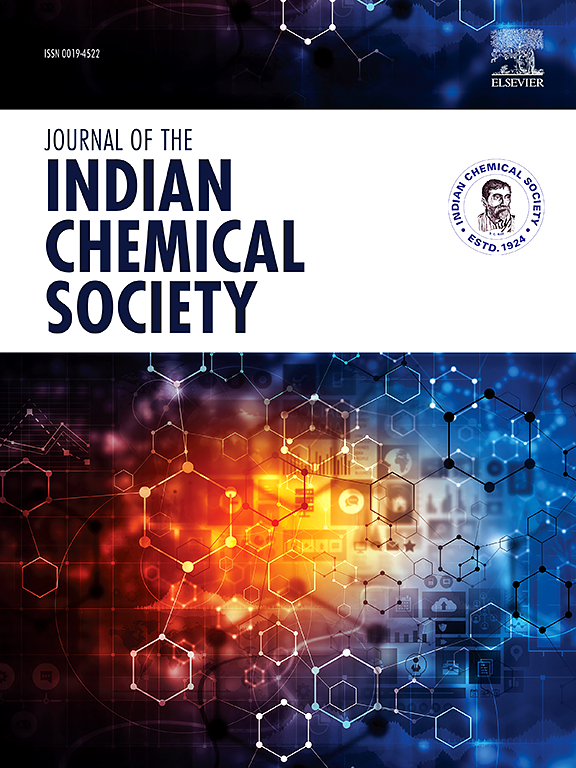新型喹诺酮类衍生物的合成、表征和机器学习预测
IF 3.2
4区 化学
Q2 CHEMISTRY, MULTIDISCIPLINARY
引用次数: 0
摘要
喹诺酮类药物在药物设计中的潜在应用正在迅速发展。合成方法的发展使新的喹诺酮基基基的发展成为可能。在本研究中,我们试图引入不同的药效基团,以提高喹诺酮类药物的药理潜力。本文合成了含有1,3,4-恶二唑-2-硫醇、酰基腙和吡唑酮基团(4,5和6)的新型喹诺酮类衍生物,并通过NMR、FT-IR和高分辨率质谱对其进行了表征。利用已知对五种微生物具有抗菌活性的喹诺酮类衍生物数据集,利用AdaBoost回归、支持向量回归(SVR)、决策树和随机森林四种机器学习算法建立预测模型。筛选出各菌株表现最佳的模型,用于评价新合成的化合物。具有较强预测活性的化合物通过分子对接进一步分析,以评估其与微生物靶点的结合。ADMET的性质也被预测用于评估药物相似性和安全性,支持有前途的候选抗菌药物的进一步测试。本文章由计算机程序翻译,如有差异,请以英文原文为准。

Synthesis, characterization and machine learning prediction of novel quinolone derivatives
The potential applications of quinolones in drug design are growing rapidly. The evolution of synthetic methodologies has enabled the development of new quinolone-based motifs. In the present study, we attempted to introduce various pharmacophoric groups in order to enhance the pharmacological potential of quinolones. In the present work, novel quinolone derivatives containing 1,3,4-oxadiazole-2-thiol, acylhydrazone and pyrazolone moieties (4, 5 and 6) were synthesized and characterized by NMR spectroscopy, FT-IR, and high-resolution mass spectrometry. A dataset of quinolone derivatives with known antimicrobial activity against five microbial strains was used to develop predictive models using four machine learning algorithms: AdaBoost Regressor, Support Vector Regression (SVR), Decision Tree and Random Forest. The best performing model for each strain was selected and used to evaluate newly synthesized compounds. Compounds with strong predicted activity were further analyzed through molecular docking to assess their binding with microbial targets. ADMET properties were also predicted to evaluate drug-likeness and safety, supporting the identification of promising antimicrobial candidates for further testing.
求助全文
通过发布文献求助,成功后即可免费获取论文全文。
去求助
来源期刊
CiteScore
3.50
自引率
7.70%
发文量
492
审稿时长
3-8 weeks
期刊介绍:
The Journal of the Indian Chemical Society publishes original, fundamental, theorical, experimental research work of highest quality in all areas of chemistry, biochemistry, medicinal chemistry, electrochemistry, agrochemistry, chemical engineering and technology, food chemistry, environmental chemistry, etc.

 求助内容:
求助内容: 应助结果提醒方式:
应助结果提醒方式:


